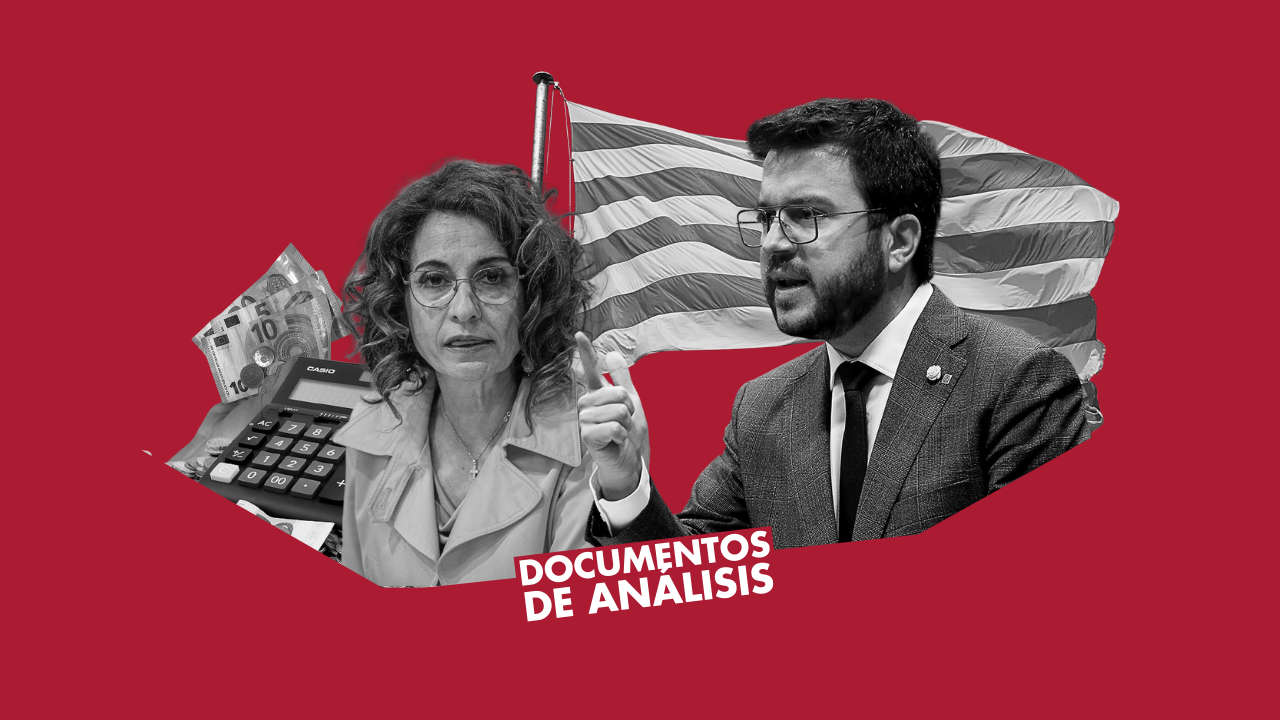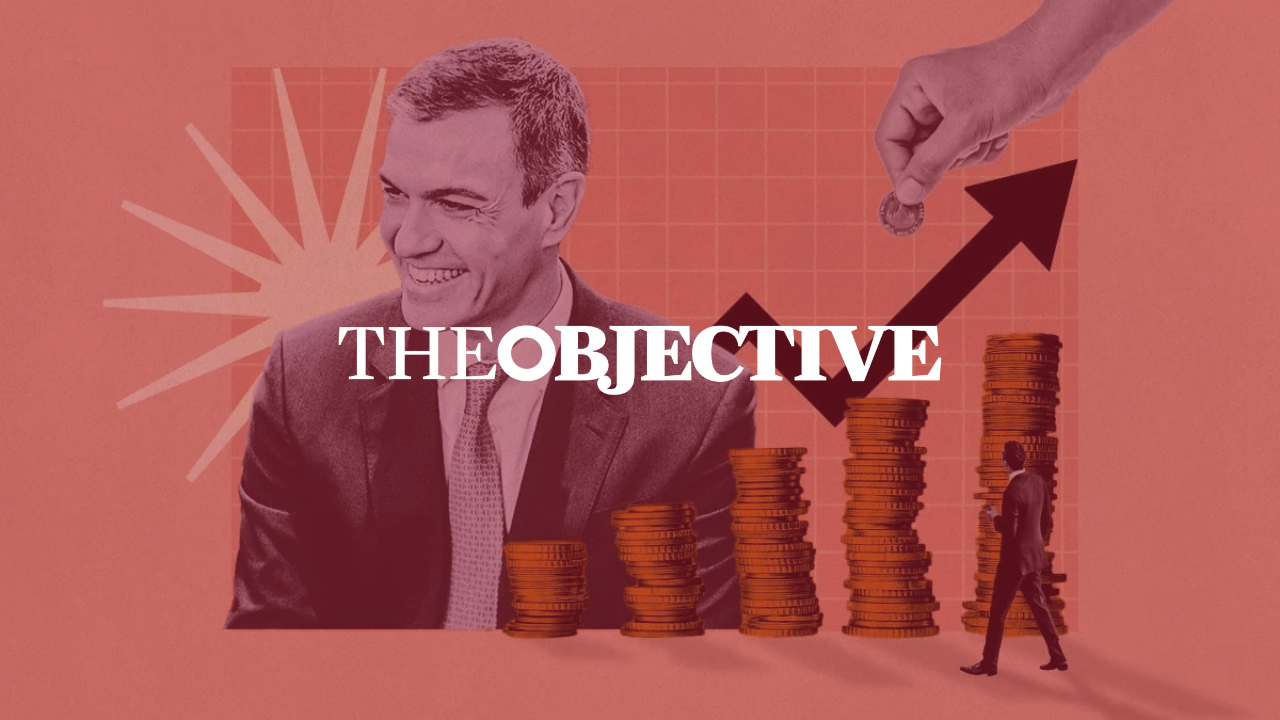They say, at least since the 1940s, that we are always trying to fight the previous war instead of the one that is coming. While we try to react to the blow we have received, we do not react to the one that comes. Perhaps, it is in our animalistic nature.
Samuel Vázquez, author of “Una policía para el siglo XXI”, says that democratic politicians cannot take a country to where it itself does not want to go, and therefore need to make a problem visible so that it becomes possible to implement the measures to correct it. That could be true when the problem is not seen. But, in the case of the coronavirus, we had a very clear mirror in other countries (and in the measures they took as well).
There are two particularly relevant sources of information to consider here. The first are the epidemiological simulations conducted, like those at Imperial College. The other are the experiences of countries like Italy and Korea, who had very different approaches to reacting and in the results they garnered.
The simulations say that the enclosures do not stop the disease but do indeed slow down its progress. This in turn allows health and production infrastructures to adapt so that as few casualties as possible arise. As we all already know, if there are more patients than beds, «triage» occurs, and treatment is denied to some patients who are older or who possess less likelihood of survival (in some cases, allowing them to die), which in turn increases the proportion of infected people who die from COVID-19 and other problems. It happened in Lombardy and even seems to be occurring in Navarre.
Furthermore, if there are fewer support services than are necessary, nursing homes can become a horrible trap, like in those cases reported by the Army. And, if there are fewer test kits than are necessary, we ignore the real scope of the contagion and how to isolate it, leading to us having thousands of undiagnosed patients in their homes, who only become recorded in data when they fall seriously ill (if they arrive in time to take the test).
All of this happens when the curve of those affected by the epidemic rises above the attention capacity of the system. The head of the Civil Protection in Italy estimates that the country has 10 times more infected than those that are identified, and that the same result is occurring in Spain and the United Kingdom.
The simulations also say that the enclosures flatten the curve, but that it begins to rise again as soon as the strictest measures are interrupted, forcing the cycle to repeat at least until the end of 2021. It is then that the only tool possible to achieve major change becomes effective «suppression» measures, and not just «containment,» like those adopted in Korea or Singapore (or even China, but this is a different animal entirely).
In an open system, the cycle constantly repeats until collective immunity is established (when a patient does not unleash an epidemic because almost everyone around him is already immune). This is the final objective, but the vast majority of the population has to be infected, unless a cure appears first. The way to accelerate that «collective immunity» is the way Korea and Singapore did it. We must assist our antibodies with frequent testing, contact-tracking, and isolation. In practice, it involves the obligatory taking of people’s temperatures (in all work centers, twice a day), a test for each suspected case (thousands daily), confinement of all contagions who have been identified, as well as the testing and confinement of all those people who were in contact with those contagions, and early follow-up and treatment. Lastly, there must enough beds so that those infected with COVID-19 are not neglected or are forced to evict other patients from their beds.
These active suppressive measures have not only brought the curve to a halt in these countries, reducing victims to a minimum (the fatality rate in Korea is much lower than in Spain, as well as total deaths in absolute numbers), but these are measures that could be taken from the beginning (as those countries ended up doing). China is not further from Spain than from Korea for a virus that travels by plane and that has been spreading around the world since January.
The most serious thing is not that these measures were adopted here from the beginning, but that it does not seem that they are being implemented even now. The number of beds, the number of kits, the resources for follow-up, the legislation, and the communication from the Government, are hardly aimed at trying to withstand a first wave of the epidemic, with the population locked up at home to generate as few victims as possible, and are certainly not thinking about the next phase that is coming.
The country cannot be confined forever, and the day it goes back into the streets, the wave of cases will rise again. An undetected case, whether it be domestic or from any part of the world, is enough to again put the entire population that has not already recovered from the disease at risk. And since we do not test adequately, we do not know who has already done it and who has not.
There is another danger that we do not seem to want to perceive either. Medical and social services are not the only services that must stay active. Chains of production are neither eternal nor invulnerable, even if we focus on foods and other essential goods. People who go to these jobs (or who produce the means they need) are subject to contagions and factory plant closings, along with other car problems. And as the closure continues, stocks will continue to fall. We end up with nothing more than flour, until the machine that produces it stops too.
In other words, seclusion cannot be extended as Imperial College simulates, or has already been suggested in Italy, without serious consequences. This is not only because of the unsustainable amount of debt countries, businesses, and individuals are accruing, but because we cannot import everything from China indefinitely (not even if they arrive according to their conditions).
The only way to maintain activity is with active containment measures akin to the actions set forth by Korea. What does this include? (1) Widespread extension of teleworking (even in the public sector), (2) Hygiene and separation, (3) Social distancing, (4) Frequent measurement of temperature in workplaces, (5) Testing, (6) Tracing and isolation of those in contact with contagions, and (6) Early treatment. This is a plan that requires massive investment, and a serious work program to accompany it.
Sooner or later, we are going to have to go out and live with the virus until it is eradicated, or we become immune. For that, you have to stop looking at the headlights and look at the truck that is hurling toward us. We must run off the road, as others have already done.






